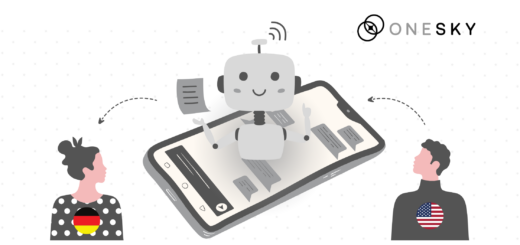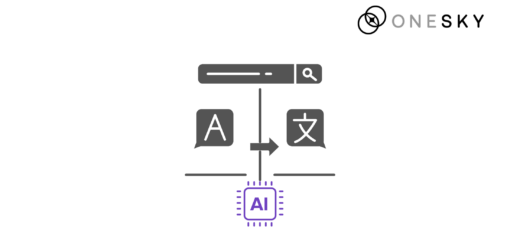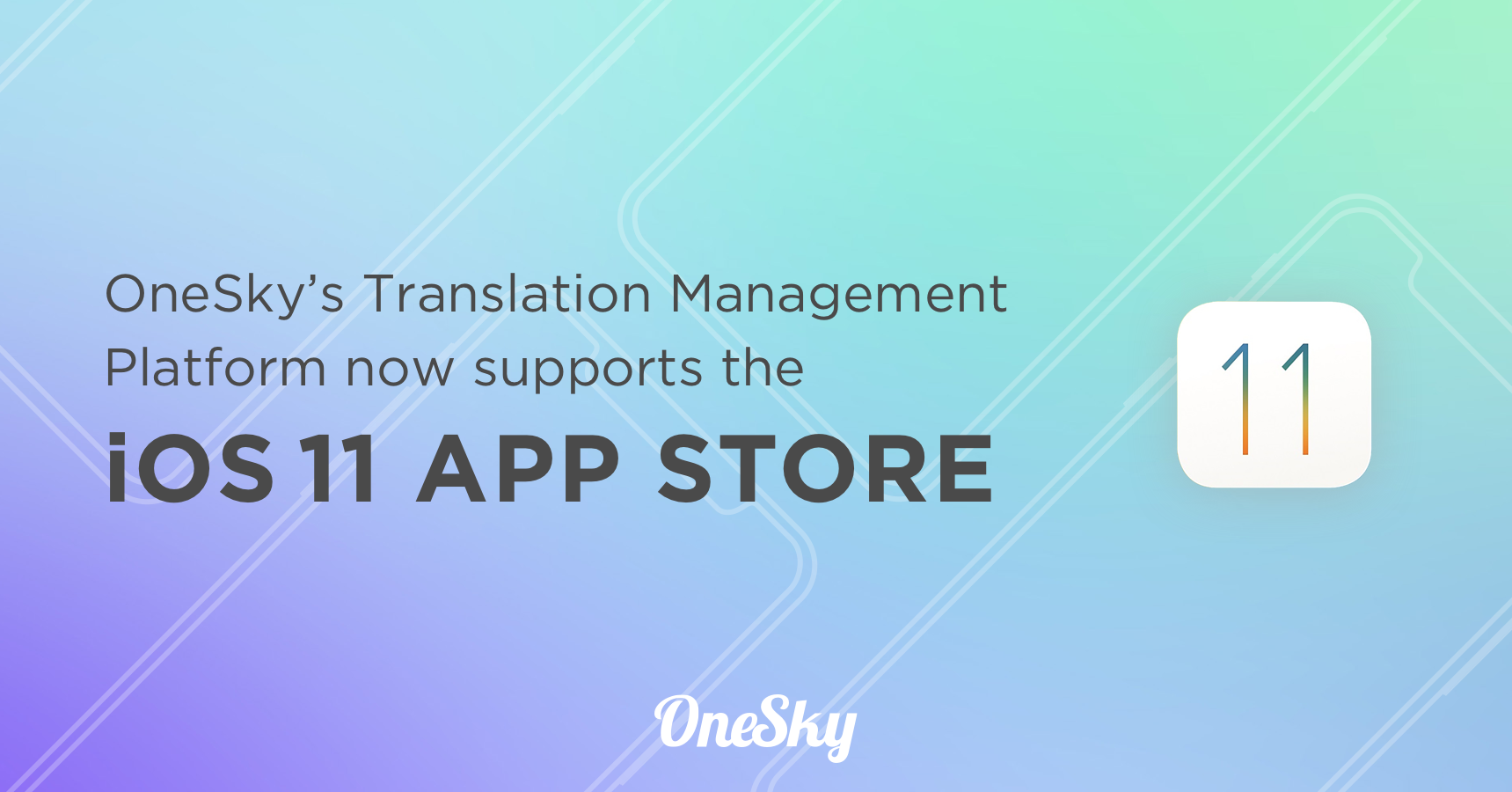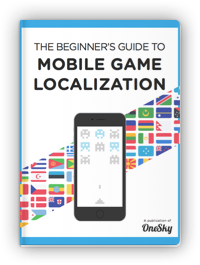AI Translation tool into Your Workflow: A Step-by-Step Guide
Mount Everest. Sierra Nevadas. Your favorite local trail.
Every hike begins with preparation. You don’t set out without a map, a water bottle, and maybe even a tent if you’re in for the long haul. The last thing you want is to find yourself lost, unprepared, or overwhelmed. Every great journey—whether through a mountain range or into new markets—requires a plan. The same principle applies to expanding your business globally with an AI translation tool. To succeed, you need a roadmap, tools that lighten your load, and the right mindset to navigate challenges.
Why AI Translation is the Ultimate Hiking Gear for Global Growth
Just like a hiker needs sturdy boots and a reliable compass, businesses venturing into international markets need tools that provide speed, accuracy, and adaptability.
AI-powered translation tools are redefining localization by offering:
- Speed: Process vast volumes of content in minutes, enabling faster market entry.
- Accuracy: Neural Machine Translation (NMT) models understand context, improving fluency and relevance.
- Cost Efficiency: Automating repetitive tasks reduces dependency on human translators, cutting costs significantly.
But no trail is without its challenges. Just as you’d rely on an experienced guide in unknown terrain, combining AI with human expertise ensures that your message resonates authentically across cultures while scaling efficiently.
The Trail Map: Your Step-by-Step Guide to AI Translation Tools
Step 1: Evaluate Your Needs
Before you hit the trail, you need a destination. Start by assessing your localization goals:
- What languages are you targeting?
- Which markets offer the most growth potential?
- What type of content will you be translating (e.g., marketing materials, technical documents, multimedia)?
Globally, more than 97% of business leaders foresee the role of translation and localization evolving their business strategy over the next three years. Defining your objectives ensures your stay ahead, equipped with the right AI translation tool in your pack and headed in the right direction.
Step 2: Assess Your Content Types
Not all trails—or content—are the same. The type of content you produce will shape your localization strategy:
- Websites & Apps: Require dynamic updates and seamless integration with CMS platforms.
- E-Commerce Platforms: Need precise translations for product descriptions and culturally relevant marketing copy.
- Technical Documentation: Demands consistency and accuracy, supported by glossaries and style guides.
- Multimedia: Video subtitles and voice-overs require specialized tools for flawless localization.
Matching your AI translation tool to your terrain ensures a smoother journey.
Step 3: Build a Solid Foundation
Preparation is everything. Just as a hiker packs essentials, businesses must create resources to guide their localization efforts:
- Localization Glossaries: Define key terms like brand-specific terminology, product names, and industry jargon to maintain consistency. Involve stakeholders from marketing, legal, and product teams to ensure the glossary reflects your whole operation.
- Style Guides: Outline tone, voice, and formatting rules to align with your brand identity. Pro tip: Adapt your guide for regional differences. For example, include humor and idiomatic expressions and regional spelling variations. (American vs. British English)
- Translation Memory: A critical feature of any AI translation tool, translation memory matches new content with existing translations in your database, reducing the need to start from scratch. Regularly update your translation memory to reflect changes in your brand language or product features. This way your content always stays useful and relevant.
Investing in these foundational tools up front will prevent detours and delays later. As Boyd Rogers, VF’s VP of supply chain said in a Harvard Business Review article, “We consider strong localization to be one of our greatest competitive advantages.”
Step 4: Choose the Right AI Translation Tool & Software
Think of your translation software as your hiking gear—it needs to be durable, adaptable, and capable of handling challenges. Look for features like:
- AI-Powered Tools: Advanced systems like OneSky’s CoFluent AI use neural networks to deliver contextually accurate translations.
- Translation Management Systems (TMS): A centralized platform to streamline project management and integrate with CMS tools.
- Human-in-the-Loop Capabilities: Ensure AI output is fine-tuned by professional linguists for quality assurance.
- For a deeper dive into human-in-the-loop capabilities, refer to this study where researchers utilized the GPT-3.5 turbo API to evaluate the impact of human-guided adjustments on German-English translations. Explore their findings here.
Step 5: Set Up and Integrate Your Tools
Integration is the secret to a seamless hike. Modern AI translation tools offer APIs to connect with:
- CMS platforms (e.g., WordPress, Drupal)
- E-commerce tools (e.g., Shopify)
- Development environments (e.g., GitHub, Bitbucket)
This ensures translations are synchronized in real time, reducing manual errors and keeping you on track.
Step 6: Train the System
Even experienced hikers scout their routes. Similarly, AI translation tools require fine-tuning:
- Input High-Quality Data: Use glossaries, style guides, and reference translations to train the system.
- Test and Adjust: Conduct pilot translations and review them with native speakers.
- Iterate for Accuracy: Feedback helps the system adapt and improve over time.
Step 7: Automate and Streamline Workflows
Automation lightens the load, allowing you to focus on the summit ahead:
- Automatically translate new content.
- Notify human reviewers for high-priority translations.
- Use workflows to track progress and updates.
Streamlined workflows supported by an AI translation tool reduce bottlenecks and keep your team focused on strategy.
Step 8: Monitor and Improve
No trail stays the same, and neither does your localization strategy.
Regularly assess your translation quality and performance:
- Analytics: Measure speed, accuracy, and user engagement.
- Audits: Conduct periodic reviews with native speakers.
- Updates: Refresh glossaries and style guides to reflect brand evolution.
Continuous improvement ensures your global content remains impactful.
Navigating Challenges: The Hybrid Approach
Like unexpected weather on a hike, challenges in AI localization are inevitable.
- Cultural Nuances: Machine translations can miss idiomatic expressions or sensitivities.
- Low-Resource Languages: Limited data for certain languages can reduce accuracy.
- Brand Alignment: AI needs proper setup to maintain your unique voice.
The solution? A hybrid model that combines the speed of an AI translation tool with human oversight to refine quality and authenticity.
Reach the Summit: Unlock Global Success with AI Translation
Integrating AI translation software into your workflow isn’t just a step forward—it’s the trailhead to scaling new heights in the global marketplace. The growing importance of localization is reflected in the market’s expansion to over 41.78 billion in 2024. That’s why with the right tools and preparation, you’ll create content that resonates deeply.
Just as every hiker needs the right gear to conquer their trail, your business needs a solution that balances cutting-edge technology with human insight.
OneSky’s CoFluent AI acts as your ultimate guide, offering features like translation memory, glossaries, and seamless integrations. It ensures fast, accurate, and culturally relevant translations, helping you navigate the complexities of localization with ease.
Your Trail Starts Here
Ready to conquer new markets and connect with global audiences? With OneSky Localization Agent, the path to international success is clear. Take the first step today and see how we can revolutionize your localization strategy.











 Written by
Written by 



Great insights on integrating AI translation tools into localization workflows! 🌍🚀 The step-by-step approach ensures businesses maintain accuracy, consistency, and cultural relevance. Combining AI with human expertise is key to high-quality translations. Thanks for the informative guide!